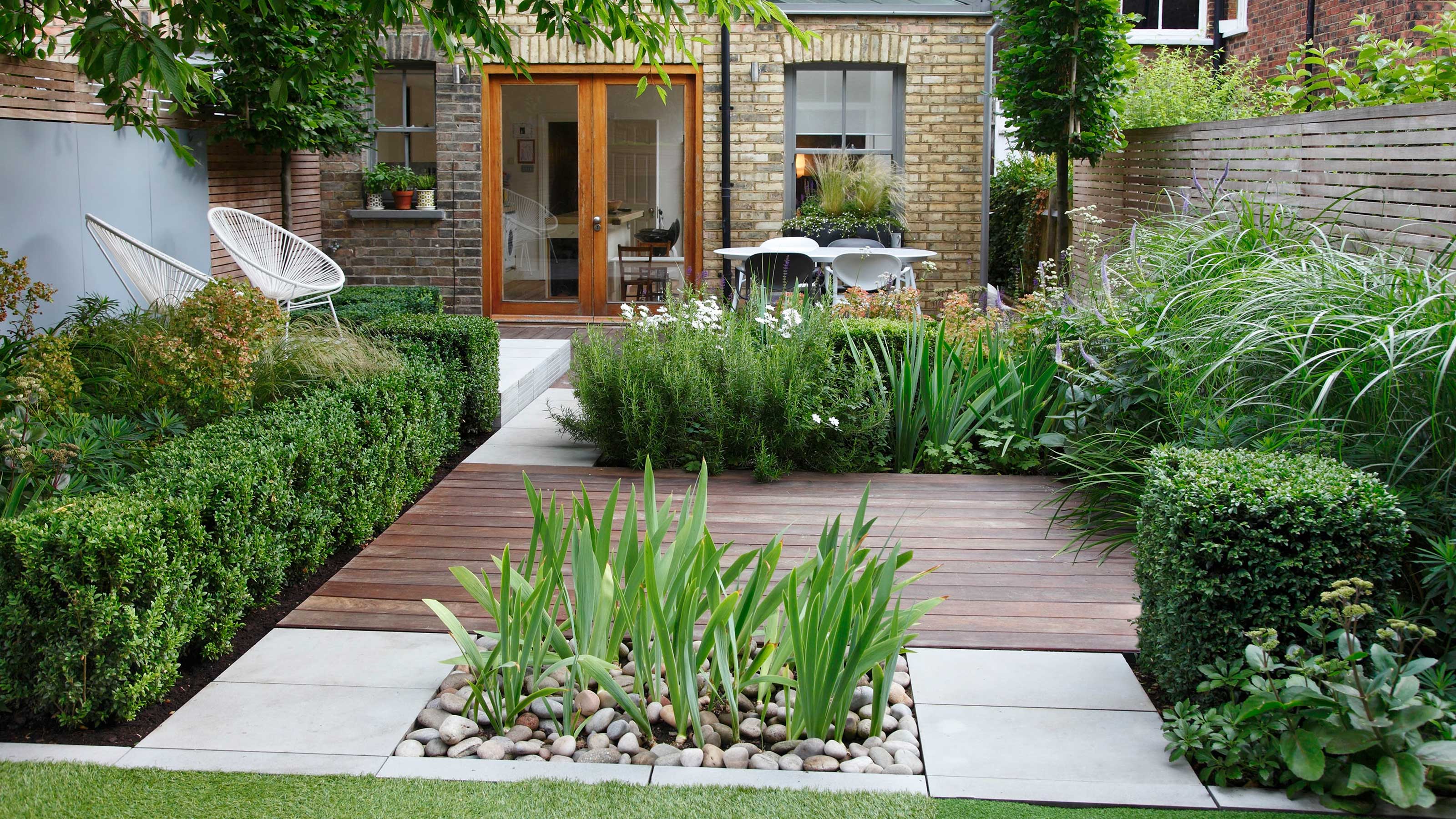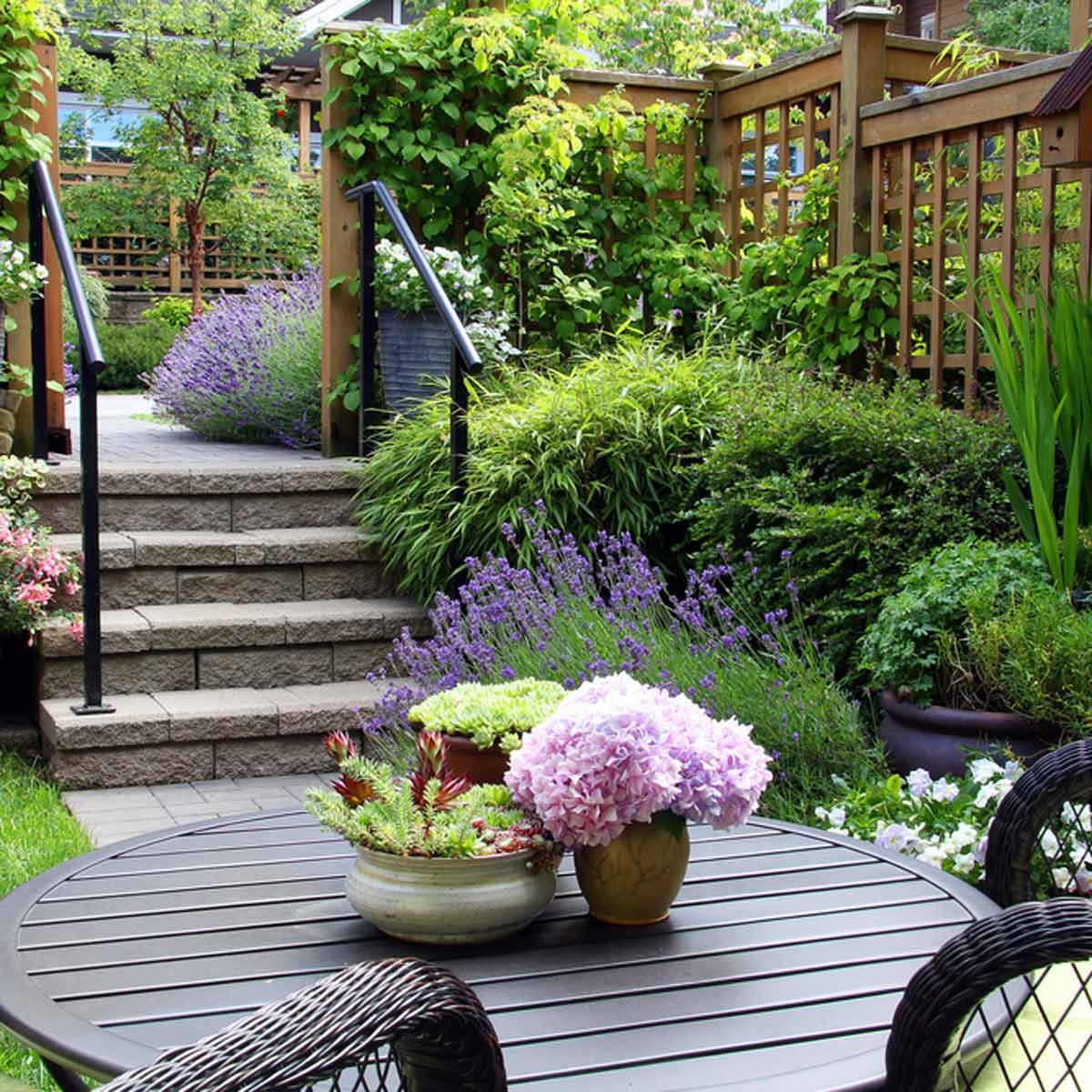Planning Your Garden Design

Before you start digging, it's crucial to plan your garden design. This will help you maximize your limited space and create a garden you'll love.
Creating a Garden Layout Plan
A garden layout plan is like a blueprint for your outdoor space. It allows you to visualize your ideas, experiment with different arrangements, and ensure everything fits harmoniously. Here's a step-by-step guide:
- Measure your space: Get an accurate measurement of your garden area, including any existing structures, walkways, or obstacles. This will give you a clear picture of your available space.
- Sketch a rough Artikel: Use graph paper or a digital drawing tool to create a basic Artikel of your garden. Mark the boundaries, existing features, and any fixed elements you want to incorporate.
- Consider sun exposure: Note the areas that receive full sun, partial shade, and full shade throughout the day. This will help you choose the right plants for each location.
- Plan your garden elements: Decide on the key features you want to include, such as flower beds, paths, seating areas, water features, or vegetable patches. Consider your needs and preferences, and allocate space accordingly.
- Experiment with arrangements: Use your sketch to play around with different arrangements of your chosen elements. Try moving things around, adjusting sizes, and exploring various configurations to find a layout that suits you.
- Refine your plan: Once you're happy with your basic layout, add more detail. Include plant types, colors, heights, and any specific features you want to incorporate.
Benefits of Different Garden Design Styles
Different garden design styles offer unique aesthetics and functionalities. Choosing the right style can enhance the overall appeal and usability of your garden. Here are some popular styles and their benefits:
- Cottage Garden: This style is characterized by its informal, romantic charm, with a mix of colorful flowers, herbs, and vegetables. It creates a cozy and inviting atmosphere, perfect for small spaces.
- Formal Garden: Formal gardens emphasize symmetry, geometric shapes, and structured planting. They offer a sense of order and elegance, suitable for creating a sophisticated ambiance.
- Contemporary Garden: Contemporary gardens embrace clean lines, minimalist designs, and modern materials. They prioritize functionality and simplicity, creating a sleek and sophisticated look.
Sample Garden Layout for a Limited Space
Here's a sample garden layout for a small space (approximately 10 feet by 15 feet), incorporating a variety of elements:
| Garden Element | Location on the Plan | Dimensions | Description/Purpose |
|---|---|---|---|
| Flower Bed | Left side, along the fence | 4 feet by 10 feet | A vibrant mix of annuals and perennials, adding color and fragrance to the garden. |
| Patio | Center of the garden | 6 feet by 8 feet | A cozy seating area with a small table and chairs, perfect for relaxing and enjoying the garden. |
| Water Feature | Right side, near the corner | 3 feet by 3 feet | A small pond or fountain, adding a soothing sound and visual interest to the space. |
| Vegetable Patch | Back of the garden, against the fence | 3 feet by 5 feet | A small raised bed for growing herbs and vegetables, providing fresh produce and a touch of green. |
Choosing the Right Plants
Choosing the right plants is crucial for a successful small garden. You need to consider your space limitations and the specific requirements of each plant. Selecting the right plants will ensure they thrive in your garden and provide the desired aesthetic appeal.
Compact and Low-Growing Plants
Compact and low-growing plants are ideal for limited spaces. These plants can create a lush and vibrant garden without taking up too much space.
- Groundcovers: These plants spread horizontally, covering large areas with minimal height. Examples include creeping phlox, thyme, and sedum. Groundcovers can be used to create a dense, colorful carpet, suppress weeds, and prevent soil erosion.
- Dwarf Varieties: Many popular plants have dwarf varieties that are smaller in size. These varieties can be used to create a miniature version of your favorite flowers or shrubs. Examples include dwarf conifers, dwarf roses, and dwarf hostas.
- Trailing Plants: Trailing plants can be grown in hanging baskets or containers to add vertical interest to your garden. Examples include petunias, trailing geraniums, and ivy. Trailing plants can also be used to soften the edges of your garden and create a cascading effect.
Vertical Plants
Vertical plants are a great way to maximize space in a small garden. These plants can be grown on walls, fences, or trellises, adding height and dimension to your garden.
- Vines: Vines are a popular choice for vertical gardening. They can quickly cover walls and fences, creating a lush green backdrop. Examples include climbing hydrangea, clematis, and wisteria. Vines can also be used to create privacy screens or to add a touch of romance to your garden.
- Shrubs: Some shrubs can be trained to grow vertically against walls or fences. This is a good option for small gardens where space is limited. Examples include boxwood, yew, and privet. Shrubs can provide structure and texture to your garden, and many varieties have beautiful flowers or foliage.
Choosing Plants with Specific Growth Habits and Requirements
When choosing plants for your small garden, it is important to consider their growth habits and requirements. This will ensure that your plants thrive in your space and that you are not overwhelmed with maintenance.
- Sun Exposure: Consider the amount of sunlight your garden receives throughout the day. Choose plants that are suitable for your specific sun exposure. For example, if your garden is shaded, choose plants that thrive in shade, such as hostas, ferns, and hydrangeas.
- Soil Type: Different plants have different soil requirements. Choose plants that are suitable for the soil type in your garden. For example, if your soil is clay, choose plants that tolerate clay soil, such as hostas, ferns, and hydrangeas.
- Water Requirements: Consider how much water your plants will need. Choose plants that are drought-tolerant if you live in a dry climate. If you have a limited water supply, choose plants that require minimal watering.
- Mature Size: Consider the mature size of the plants you choose. Make sure they will not become too large for your space. Research the mature size of each plant before you buy it.
Creating Visual Interest

A small garden can be just as captivating as a large one, if not more so, when you strategically use color, texture, and shape to create visual interest. By incorporating these elements, you can make your limited space feel expansive and inviting.
Using Color, Texture, and Shape
Color, texture, and shape are the fundamental building blocks of visual appeal. In a small garden, you have a unique opportunity to experiment with these elements in a focused way.
- Color: Choose a color palette that complements your home and personal style. Think about using contrasting colors to create a sense of depth and movement. For example, a vibrant purple lavender next to soft green ferns creates a striking contrast.
- Texture: Texture adds dimension and interest to a small garden. Combine plants with different leaf shapes and textures, such as smooth, rough, feathery, or spiky. You can also incorporate textured elements like stone paths, gravel, or wood.
- Shape: Play with shapes by using plants with different forms, such as rounded, upright, cascading, or trailing. Use different shapes to create focal points and guide the eye through the space.
"A mix of vibrant purple lavender, soft green ferns, and striking red roses creates a captivating contrast in a small corner garden."
Incorporating Water Features or Sculptures
Water features and sculptures can add a touch of magic and tranquility to a small garden. Consider adding:
- A small fountain: The gentle sound of flowing water can be incredibly soothing. A small fountain can also create a sense of movement and draw the eye to a specific area.
- A birdbath: A birdbath attracts birds and adds a touch of nature to your garden. Choose a birdbath that complements the style of your garden.
- A sculpture: A sculpture can be a focal point in your garden. Choose a sculpture that reflects your personal style and complements the surrounding plants.
"A small, bubbling fountain placed near a cluster of colorful daylilies creates a serene focal point in a small urban garden."
Maintaining Your Garden: How To Design A Garden With Limited Space

A well-maintained garden thrives, even in a limited space. Regular care ensures your plants flourish, and your garden remains visually appealing.
Essential Gardening Tasks
A limited space garden requires specific maintenance strategies to ensure optimal growth and aesthetics. These tasks are crucial for maximizing your garden's potential.
- Watering: Consistent watering is vital, especially during dry spells. Monitor the soil moisture and water deeply, but less frequently. This promotes strong root development, which is essential in limited spaces.
- Weeding: Regularly removing weeds is crucial. Weeds compete with your plants for resources, impacting their growth and health. Early removal prevents them from taking over your garden.
- Pruning: Pruning helps maintain the shape and size of your plants, ensuring they don't become overcrowded. It also encourages healthier growth and flowering.
- Fertilizing: Nourishing your plants with the right fertilizer is essential for optimal growth. Choose a balanced fertilizer specifically formulated for your plant types.
Maintaining Space Efficiency, How to design a garden with limited space
Maintaining a limited space garden effectively involves maximizing space and minimizing waste.
- Vertical Gardening: Vertical gardening techniques like trellises and hanging baskets maximize vertical space, allowing you to grow more plants in a smaller area.
- Mulching: Applying mulch around your plants helps retain moisture, suppress weeds, and regulate soil temperature. This reduces the need for frequent watering and weeding.
- Composting: Composting kitchen scraps and yard waste provides a natural and sustainable way to fertilize your garden. It also reduces waste and promotes healthy soil.
- Regular Maintenance: Consistent care is key to maintaining a thriving garden. Regular weeding, pruning, and watering ensure your plants thrive, even in limited space.
Clarifying Questions
How to design a garden with limited space - What are some low-maintenance plants suitable for small gardens?
Succulents, herbs, and drought-tolerant plants are great options for low-maintenance gardening. They require minimal watering and can thrive in smaller spaces.
How can I create a sense of privacy in a small garden?
Consider using tall, dense shrubs or trellises with climbing plants to create natural barriers and define your space.
What are some ideas for incorporating water features in a small garden?
A small fountain, birdbath, or even a decorative pond can add a calming element to your garden. Choose features that are proportionate to the size of your space.
